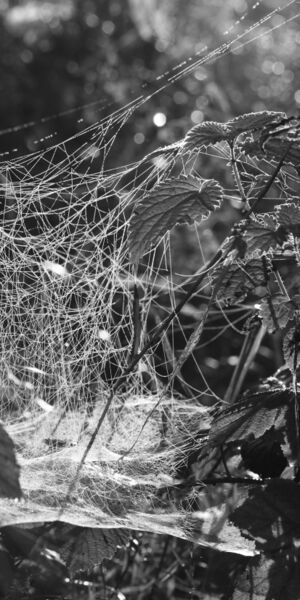Collective Bodies
collective bodies
It is laying out a new, shared skin. This is the first act in zoönomy, a practice of fostering ecological integrity for groups consisting of radically different, human, and other-than-human bodies that find themselves joined together in this new type of community.
A Zoöp is an effort to claim a shared reality among highly divergent bodies. To call them a collective body is partly a trick, a move to direct attention. It is partly hopeful aspiration and partly something that was found to be part of the idea of ‘body’ all along.
Zoöps consist of wide varieties of bodies: other-than-human bodies such as microbes and earthworms, trees, plants and algae, water bodies and more; human artefacts such as buildings, machines, and such; organizational bodies such as teams, boards, associations; legal bodies such as owners, third parties with contracts, municipalities, jurisdictions. Clearly, all these bodies are by themselves collective bodies, too, even when they nominally join the Zoöp as single entities.
To start a Zoöp is thus to articulate a new collective body by saying: you now belong together in a new way. This is the trick. This collection of collective bodies now has to find out how to live together. That is the aspiration.
Any non-abstract, materially existing body is not a singular thing anyway. A singular point only exists as a mathematical construct and abstraction. Any actual dot in any world is never a point but a body and, by that virtue, also some kind of multiplicity—it has an outside and therefore an inside.
All collective bodies are networks and part of networks, connected to myriads of other bodies. Many bodies are members of multiple collectives at the same time. Therefore, the boundary of any collective body is not fixed. A collective body’s shared skin needs to be enacted, performed,[1] for a specific purpose and context, and once it has been recognized (or resampled symbolically) by other collective bodies, it will be more sharply defined. It will shimmer into place. New bodies join all the time, and some bodies leave. Performing such a shared skin is the ongoing effort of every Zoöp.
To do the work of the skin is to metabolize particularities of the world and also to put up some resistance—on behalf of the body—to being metabolized. A degree of metabolization is necessary for a body to exist, to be present, but to be metabolized entirely is to cease to exist.[2]
The constituents of a collective body remain intact bodies. They still have their own skins—a bit thinner at some places, maybe.
The Umwelt or life-world[3] of any body is that which can be metabolized: chemically, aesthetically, conceptually, politically, economically. Different bodies, different rules, different chemistry.
- ↑ Karen Barad, Meeting the Universe Halfway: Quantum Physics and the Entanglement of Matter and Meaning (Durham, NC: Duke University Press, 2007).
- ↑ Extrapolated from Elizabeth Povinelli, Geontologies: A Requiem to Late Liberalism (Durham, NC: Duke University Press, 2016).
- ↑ Jakob von Uexküll, A Foray into the Worlds of Animals and Humans: With a Theory of Meaning (Minneapolis: University of Minnesota Press, 2010), originally published in German: Streifzüge durch die Umwelten von Tieren und Menschen (Berlijn: Verlag von Julius Springer, 1934).
